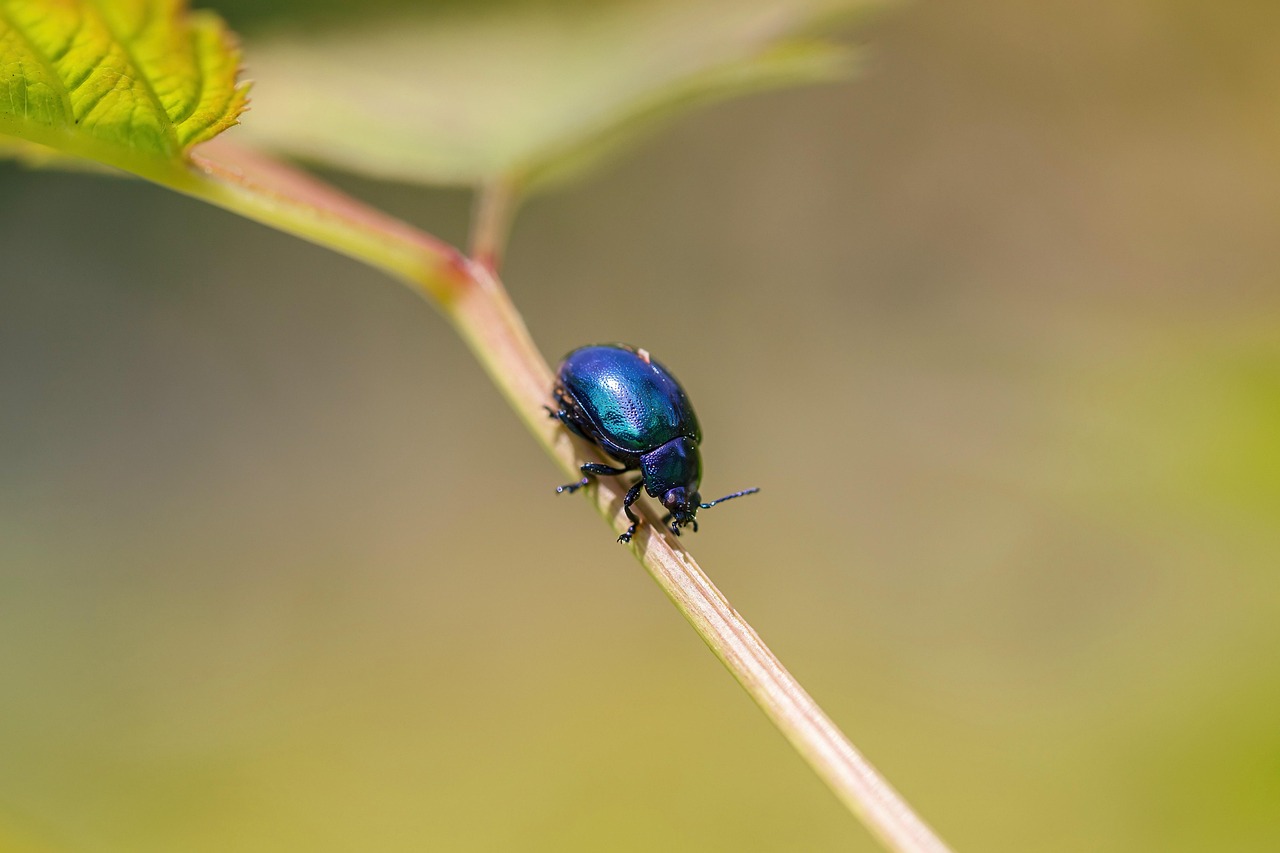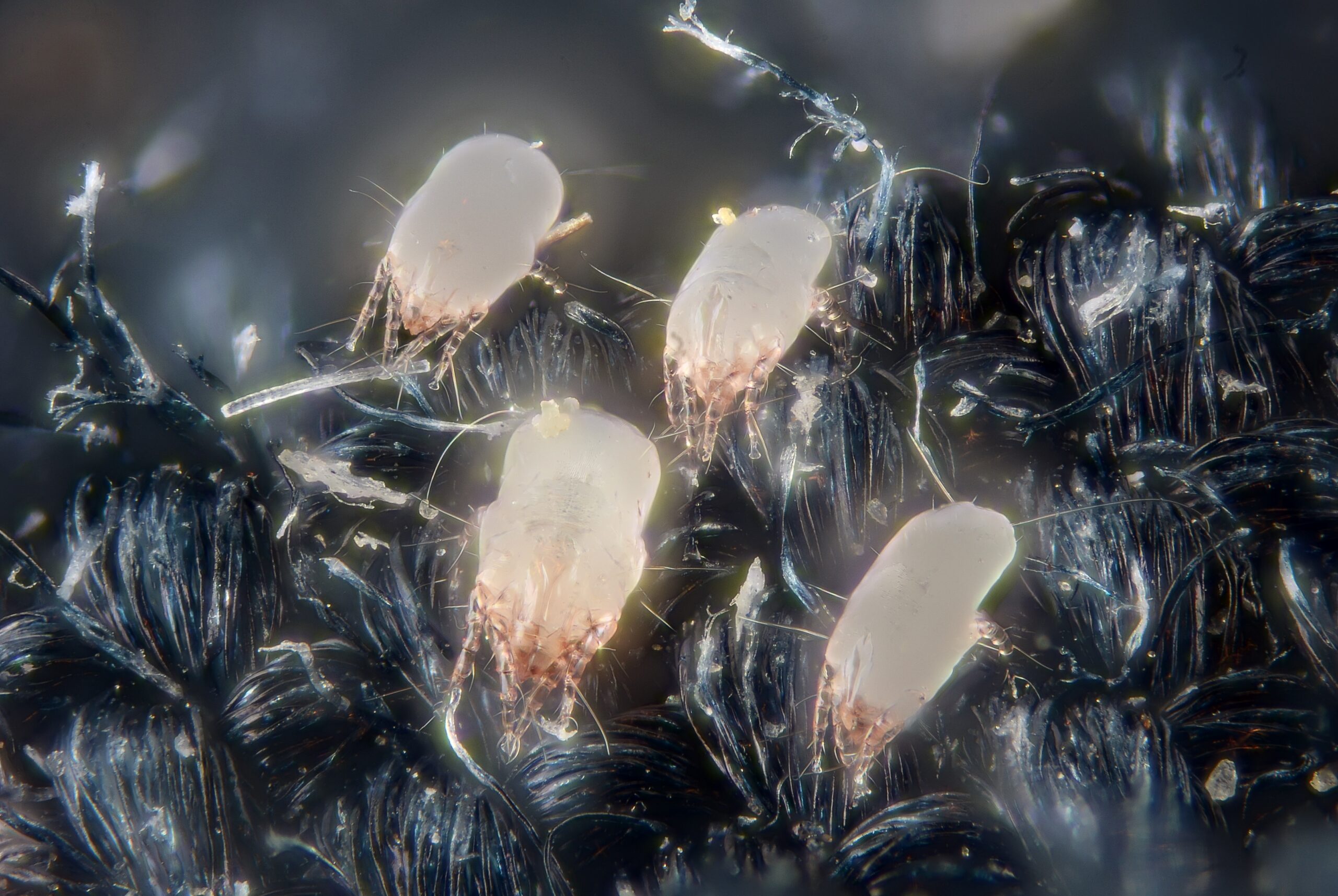Think your dirty clothes are just sitting there harmlessly in that wicker basket? Think again. Right now, as you read this, millions of microscopic creatures are having the time of their lives in your laundry hamper, turning it into their personal paradise. These tiny invaders aren’t just randomly wandering into your bedroom – they’re actively seeking out the perfect conditions that your pile of sweaty shirts and worn socks provides. What makes your laundry hamper so irresistible to these microscopic tenants might surprise you, and understanding their hidden world could change how you think about that innocent-looking basket forever.
The Perfect Storm of Moisture and Warmth

Your laundry hamper creates what scientists call a microclimate – a small environment with its own unique conditions that differ from the surrounding room. When you toss that damp gym shirt or those sweaty socks into the hamper, you’re essentially creating a tropical paradise for microscopic bugs. The retained body heat from recently worn clothes, combined with the moisture from sweat and natural oils, generates the perfect temperature and humidity levels that these creatures crave.
Most microscopic arthropods, including dust mites and springtails, thrive in environments with 70-80% humidity and temperatures between 68-77°F. Your laundry hamper often exceeds these ideal conditions, especially when filled with clothes that haven’t fully dried. The enclosed space traps heat and moisture, creating a greenhouse effect that can make the interior significantly warmer and more humid than the surrounding room.
Dust Mites: The Invisible Residents
Dust mites are arguably the most common microscopic inhabitants of your laundry hamper, and they’re having an absolute feast. These eight-legged creatures, measuring only 0.2 to 0.3 millimeters in length, feed primarily on dead skin cells that humans shed naturally throughout the day. Your worn clothes are loaded with these microscopic skin flakes, making your hamper a 24/7 buffet for these tiny arachnids.
A single person sheds approximately 1.5 grams of dead skin cells daily, and much of this ends up on clothing. When these clothes sit in a hamper, the confined space allows dust mites to multiply rapidly. Under ideal conditions, a female dust mite can lay up to 80 eggs during her lifetime, and the population can double every three weeks.
The Fabric Feast: What Bugs Actually Eat

Different microscopic bugs have varying dietary preferences, but your laundry hamper serves up an impressive smorgasbord. Beyond dead skin cells, these creatures feed on natural fibers like cotton and wool, sebaceous oils from your skin, and even microscopic fungi that grow on damp fabrics. Some species, like carpet beetles in their larval stage, can actually digest keratin – the protein found in human hair and wool fibers.
The oils and salts from sweat create additional feeding opportunities for bacteria and fungi, which in turn become food sources for other microscopic organisms. This creates a complex food web within your hamper, where different species occupy various levels of the ecosystem. The decomposition process also releases nutrients that attract even more microscopic life forms.
Springtails: The Moisture Seekers
Springtails are another common microscopic inhabitant that absolutely loves the humid environment of your laundry hamper. These primitive insects, typically measuring 1-2 millimeters in length, are equipped with a unique jumping mechanism that allows them to leap distances up to 100 times their body length. They’re particularly drawn to areas with high moisture content and organic matter.
Unlike dust mites, springtails feed on decaying organic material, mold, and fungi rather than skin cells. When clothes remain damp in a hamper for extended periods, mold spores can begin to germinate, creating the perfect food source for these jumping insects. Their presence often indicates that moisture levels in your hamper have reached concerning levels.
The Hidden Ecosystem of Bacteria
While not technically bugs, the bacterial communities in your laundry hamper play a crucial role in attracting and sustaining microscopic arthropods. Bacteria thrive in the warm, moist environment, breaking down organic matter and producing compounds that serve as chemical signals for other organisms. Some bacteria produce volatile organic compounds that actually attract certain species of mites and other microscopic creatures.
Research has shown that dirty laundry can harbor thousands of different bacterial species, many of which are perfectly harmless but create the foundation for a thriving microscopic ecosystem. These bacteria not only provide food sources for other organisms but also help break down complex organic compounds into simpler nutrients that microscopic bugs can easily digest.
Psocids: The Book Lice of Your Hamper

Psocids, commonly known as book lice or bark lice, are another group of microscopic insects that find your laundry hamper irresistible. These tiny creatures, measuring only 1-2 millimeters, feed on mold, fungi, and organic debris. They’re particularly attracted to areas with high humidity and poor ventilation – conditions that perfectly describe most laundry hampers.
Despite their common name, psocids aren’t actually lice and don’t feed on blood. Instead, they use their chewing mouthparts to scrape fungi and organic matter from surfaces. In your laundry hamper, they feed on mold growth that develops on damp clothes and the organic residues left behind by detergents and fabric softeners.
The Role of Synthetic vs Natural Fibers
The type of fabric in your hamper significantly influences which microscopic bugs will take up residence. Natural fibers like cotton, wool, and silk provide more nutrients and are more easily digestible for many species. Wool, in particular, contains proteins that certain insects can break down, making it a premium food source for clothes moths and carpet beetles.
Synthetic fibers like polyester and nylon are less appealing to most fabric-eating insects, but they can still harbor dust mites and other creatures that feed on skin cells and oils trapped within the fabric weave. However, synthetic fabrics often retain more moisture and odors, which can attract different types of microscopic organisms that thrive in these conditions.
Seasonal Variations in Bug Populations
The microscopic bug population in your laundry hamper fluctuates dramatically with the seasons. During summer months, increased sweating and higher ambient temperatures create ideal breeding conditions, leading to population booms. The combination of more frequent clothing changes and higher moisture content turns your hamper into a microscopic metropolis.
Winter months typically see reduced activity, but indoor heating systems can create artificially warm and dry conditions that favor certain species while discouraging others. The type of clothing also changes seasonally – heavy wool sweaters and thermal underwear provide different nutritional opportunities compared to light cotton t-shirts and shorts.
The Scent Trail: How Bugs Find Your Hamper
Microscopic bugs don’t stumble into your laundry hamper by accident – they follow sophisticated chemical trails that lead them directly to this goldmine. Human sweat contains numerous compounds that act as attractants, including fatty acids, amino acids, and pheromones. These chemical signatures can be detected by microscopic creatures from considerable distances relative to their size.
The concentration of these attractant compounds builds up over time in unwashed clothes, creating an increasingly powerful signal that draws bugs from throughout your home. Some species can detect these chemical cues from several feet away, making your hamper a beacon that attracts microscopic wildlife from across multiple rooms.
Reproduction Rates in the Hamper Environment

The conditions in your laundry hamper aren’t just perfect for survival – they’re ideal for reproduction. Many microscopic species have incredibly short generation times, meaning they can produce multiple generations within a single month. The stable temperature, high humidity, and abundant food sources create conditions that allow these creatures to reproduce at their maximum biological potential.
Female dust mites, for example, can begin laying eggs within days of reaching maturity, and each egg can develop into a reproductive adult in as little as two weeks under optimal conditions. This exponential growth means that a small initial population can quickly explode into millions of individuals within your hamper.
The Interconnected Web of Microscopic Life
Your laundry hamper hosts a complex ecosystem where different species interact in surprising ways. Predatory mites feed on dust mites and other smaller organisms, while decomposer species break down organic matter that becomes food for others. This creates a delicate balance where each species plays a specific role in maintaining the overall community.
Some microscopic creatures even form symbiotic relationships within your hamper ecosystem. Certain bacteria produce compounds that protect other organisms from harmful pathogens, while fungi help break down complex organic molecules that other species can then consume. This intricate web of relationships makes your hamper a functioning ecosystem in miniature.
Health Implications of Hamper Bugs
While most microscopic bugs in your laundry hamper are harmless, their presence can have health implications for sensitive individuals. Dust mites, in particular, are a major source of allergens that can trigger asthma and allergic reactions. The proteins in their feces and dead bodies become airborne and can cause respiratory issues for susceptible people.
The high moisture levels that attract these bugs can also promote mold growth, which poses additional health risks. Some species of mold produce mycotoxins that can cause respiratory problems and other health issues. The combination of bug allergens and mold spores can create a particularly problematic environment for people with respiratory sensitivities.
Prevention Strategies That Actually Work
Understanding what attracts microscopic bugs to your laundry hamper is the first step in controlling their populations. The most effective strategies focus on disrupting the environmental conditions that make your hamper so appealing. This includes managing moisture levels, improving ventilation, and reducing the time clothes spend in the hamper.
Using a hamper with ventilation holes or mesh sides can significantly reduce moisture buildup and make the environment less hospitable to these creatures. Washing clothes promptly, especially workout gear and other heavily soiled items, prevents the accumulation of the organic matter that serves as food for microscopic populations. Regular cleaning of the hamper itself with appropriate disinfectants can also help reset the ecosystem and prevent population explosions.
The Future of Hamper Ecosystems
As our understanding of microscopic ecosystems continues to evolve, researchers are discovering new species and relationships within these seemingly simple environments. Advanced molecular techniques are revealing the incredible diversity of life that exists in everyday household items like laundry hampers. This research is not only fascinating from a scientific perspective but also has practical applications for pest control and allergen management.
The next time you look at your laundry hamper, remember that you’re not just seeing a container full of dirty clothes – you’re observing the entrance to a thriving microscopic world. These tiny creatures have turned your hamper into their own ecosystem, complete with food webs, territorial disputes, and population dynamics that would make any ecologist proud. The question isn’t whether microscopic bugs love your laundry hamper – it’s whether you’re ready to coexist with these invisible neighbors or take steps to make your home a little less hospitable to their microscopic ambitions.
